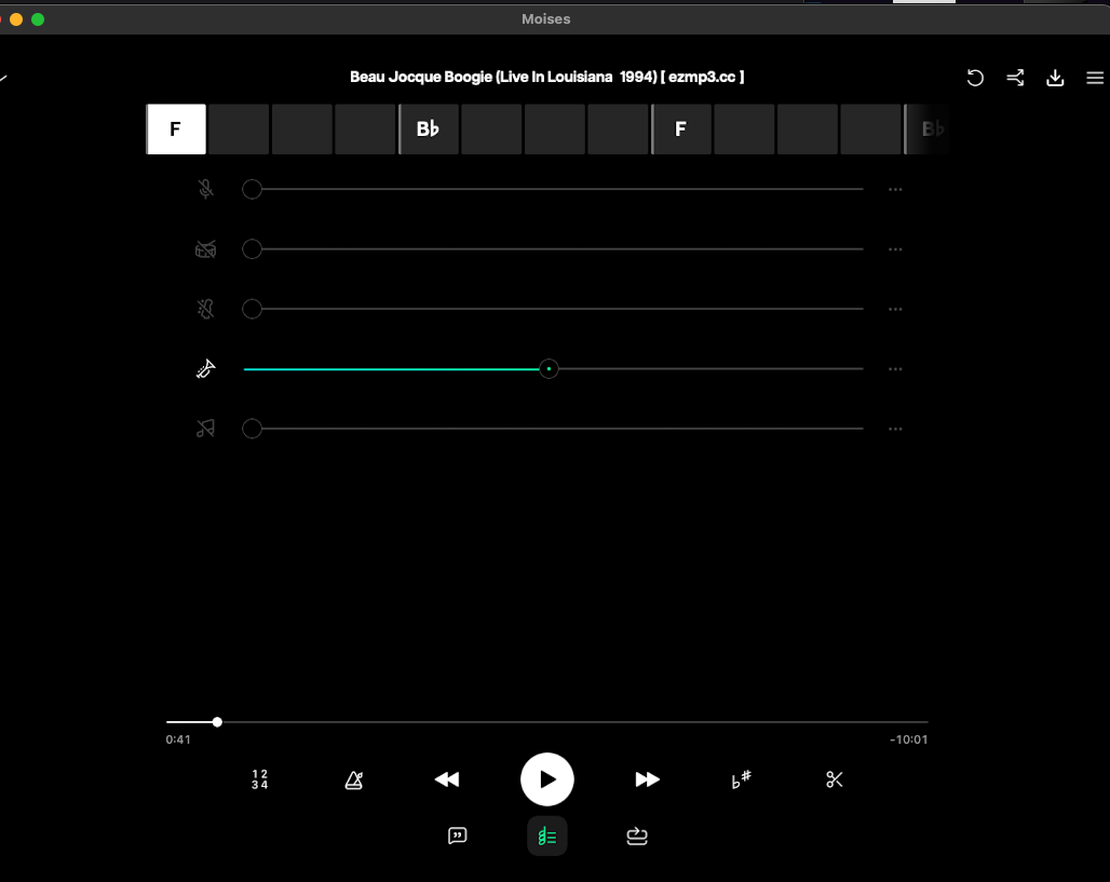
Applying Google's site reliability engineering (SRE) principles to writing & content
- pk
- Software , Productivity , Engineering
- August 2, 2025
Table of Contents
Walk into any marketing department or agency and you’ll find a peculiar phenomenon: rooms full of people talking about content instead of creating it. Committee reviews of social media captions. Status updates on the process to give status updates.
Meanwhile, the actual writing happens in stolen moments between meetings. Project managers chase approvals through endless email threads. Everyone’s calendar is full, but content velocity remains pathetic.
Traditional agencies double down on this dysfunction. They bill by the hour, so inefficiency is profitable. Marketing departments hire more coordinators to coordinate the coordinators.
Coming from a tech background, we were surprised by this being the status quo. After all, Google identified the same underlying problem that plagues every content team, marketing department, and agency… and they solved it so completely, there’s even a book!
Why Google’s approach matters in content marketing
Google runs some of the world’s most complex systems at unprecedented scale. YouTube, Gmail, Google Search - billions of users, zero tolerance for downtime. How do they keep it all running? Site Reliability Engineering (SRE), a discipline they invented that treats operations as a software problem.
The genius of Google’s SRE approach isn’t just technical - it’s philosophical. They identified that:
- engineers were drowning in repetitive & manual operations work
- the time would be better spent on “long-term engineering project(s)” instead
Google’s Site Reliability Engineering (SRE) handbook draws a distinction between work that is operational in nature and toil - which is tactical rather than strategic, devoid of enduring value, and could be automated away. Sound familiar? That’s because most content creation fits this definition perfectly!
Google realised that some toil is necessary, so instead of setting unrealistic expectations, they mandate that SREs spend less than 50% of their time on toil. The rest goes to building systems that eliminate future toil. Finally, they hire SREs who are willing and capable of doing both.
The same principle applies to content creation, where most teams are trapped in a toil spiral they don’t even recognize. This isn’t just operational efficiency - it’s a competitive advantage. While competitors throw more bodies at problems, Google builds systems that scale exponentially.
Avoiding the content toil trap
We’ve adapted Google’s SRE principles into a three-tier priority system:
1. Support clients first
Like SREs responding to production incidents, client needs take precedence. But here’s the key: we track these interactions systematically, and use the data to drive our automation efforts. Unlike agencies, we are constantly learning and improving.
2. Create content systematically
We mandate at least two hours of daily content creation for every team member. Not meetings about content. Not planning sessions. Not “alignment workshops.” Actually writing. This mirrors Google’s approach to ensuring engineers spend time on project work, not just operations.
3. Build tools to eliminate toil and improve writing
Every repetitive task becomes a candidate for automation and AI-augmentation. Powerful tools improve writing - including style upgrades, finding citations, and ensuring quality without manual checks. Workflow automation eliminates project management overhead and speed review cycles.
Here’s what you might miss at first glance: reducing toil isn’t just about freeing up time - it’s about making space for higher order thought. When writers focus on substance rather than semicolons, insights get sharper. When you stop chasing emails and start analyzing performance data, campaigns get smarter.
Google’s SREs understood that eliminating toil creates a virtuous cycle. We’re applying the same principle to content and marketing. The difference between us and traditional agencies isn’t effort - it’s the underlying architecture and philosophy.
The bottom line
Treating content creation like Google treats system reliability isn’t just clever - it’s necessary to build a meaningful brand and move the sales needle. The old model of endless meetings and manual processes is as outdated as hand-cranking servers.
As Silicon Valley Engineers, it seems only logical to apply Google’s playbook. We’re not just producing content more efficiently. We’re building a system that gets better over time, scales without linear resource growth, and - critically - leaves mental space for the creative work that only humans can do.
Let robots handle the toil. We’ll handle the thinking. That’s how you build a content machine that actually works.



